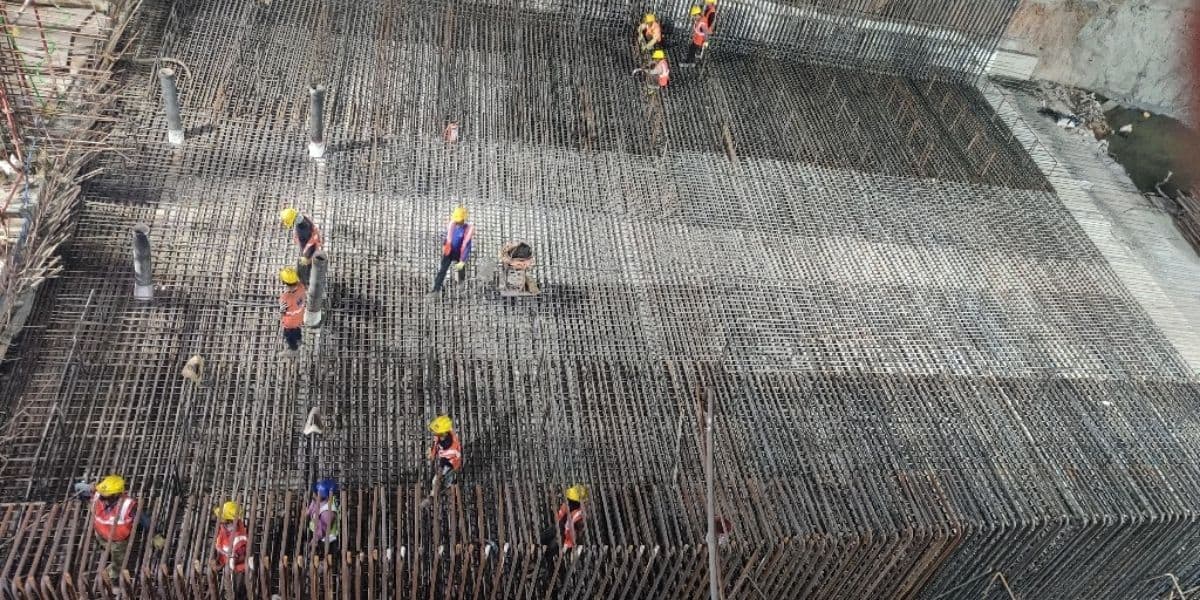“The Construction Industry is responsible for over 30% of the extraction of natural resources, as well as 25% of solid waste generated in the world,” according to ScienceDirect.com[cm_simple_footnote id=1]. That’s not good for the planet. To help solve this problem there’s a whole new field of research and development related to how circular economy strategies can be applied to infrastructure projects.
I wanted to understand how this works so I asked Purva Mhatre to explain how she makes structures more sustainable using circular strategies. Purva is a doctoral researcher focused on Circular Economy in the built environment at the National Institute of Industrial Engineering in Mumbai, India. Her focus is on shifting the way new constructions are done – in a way that they consider material recovery and deconstruction at the design stage itself.

Purva: Circular strategies can best be incorporated by designing for resource recovery and resource efficiency in each stage – from cradle to grave. A structural engineer can optimize designs for optimum material use. Also, designing for joints of structures that can be easily disassembled can go a long way.
Purva: Different stages of different infrastructural projects deal with a wide range of materials. Let us consider something as basic as a road – the materials you are looking at are concrete (made of cement, sand & aggregates) and reinforcements (steel or wire mesh). Now when you design a road for circularity, it is ideal you look at all the life cycle stages – starting from material procurement, construction, maintenance, and end-of-life.
In the procurement stage, the steel used in construction can be recycled steel. The aggregates can either be reused from other construction & demolition wastes (CDW) or eco-friendly aggregates can be used – such as incineration waste, fly ash, volcanic ash, ceramic wastes, etc.
Steel – given the strength and serviceability criteria are met, steel can be reused; if not, recycled steel can be used.
The waste generated during the construction stage needs to be efficiently segregated and used again or sold to waste contractors.
At the end-of-life of any infrastructure, it needs to be demolished in a part-by-part manner, so as to enable maximum material recovery.
The key to ensuring the looping of materials in any infrastructural project is to design-for-deconstruction. This enables the stakeholders to know exactly what quantity of resources can be extracted back and thus the monetary incentives act as a driver for circular designs.
Purva: The materials used in construction are essentially dependent on the utility of the structure. Whenever a structure is designed, it has a purpose to serve and for that purpose, there is a minimum strength requirement that needs to be satisfied. So the use of traditional or non-traditional materials is absolutely dependent on the utility of the structure. Structures that have lower load-bearing needs can use bio-based materials.
Purva: I work on the sustainability forte for constructions. My work revolves around how to make a structure more sustainable by incorporation of a circular economy. This is not just limited to analysis of environmental impacts but also extends to calculating costs or profits by adopting circular economy and also social assessment of projects.

[convertkit form=2683631]

